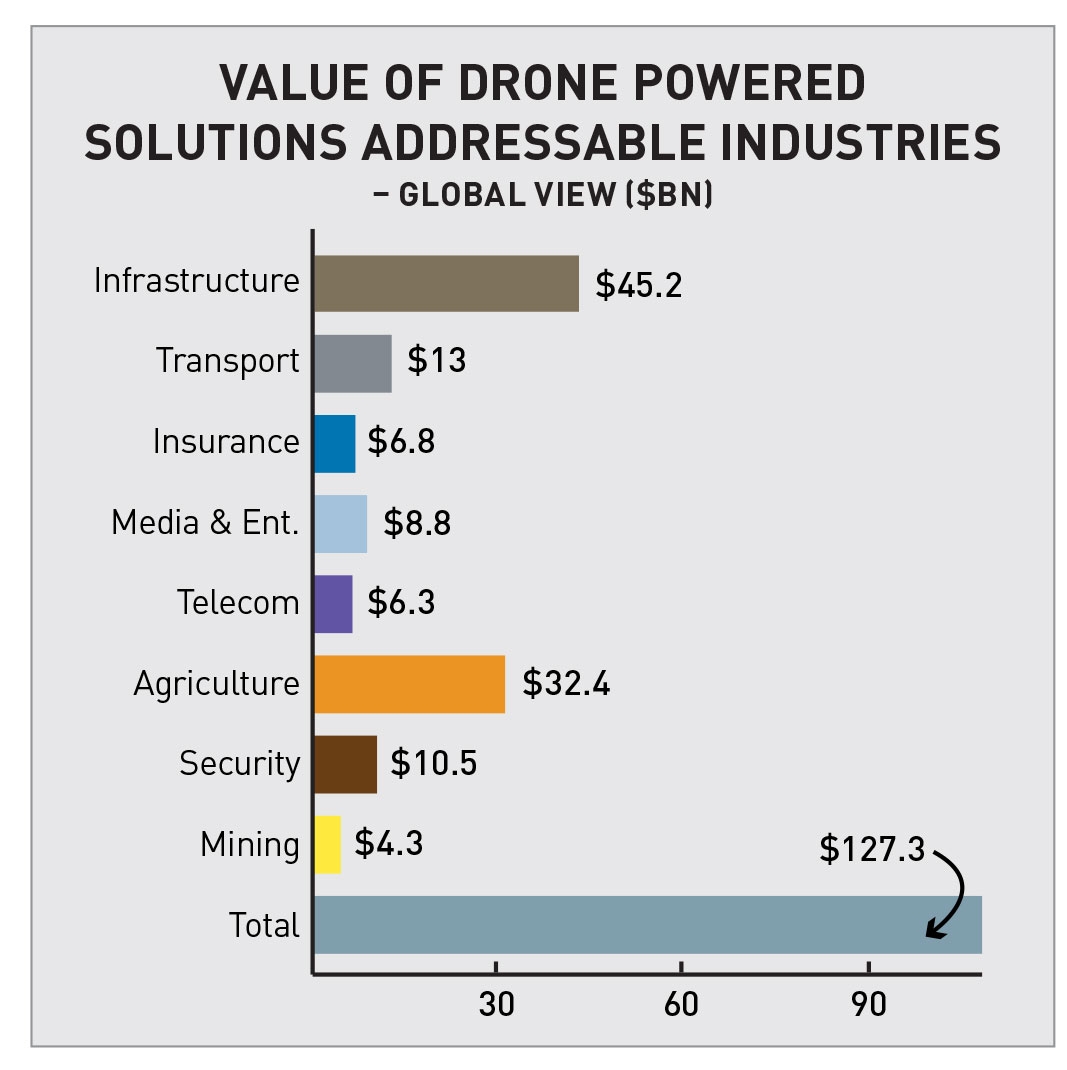
On the eve of the 2016 Unmanned Systems Canada conference in Edmonton Nov. 1-3, chairmain of the board Mark Aruja shared his insights with UAV about the state of the Canadian unmanned space and what needs to be done to grow the industry.
Some 1,000 new businesses created in UAV sector!” This attention-getting headline describes the industry response over the past four years since UAV best practices were established for small UAV operations within Visual Line of Sight in Canada.
In 2015 alone, Transport Canada (TC) issued 2,480 Special Flight Operations Certificates (SFOC). Most of these new businesses are small operators seeking to establish a market for their technology. Others are existing businesses, particularly in the construction and film industries where UAV capabilities have been added to their existing capabilities.
Both industry and the regional offices of TC, which review and approve the SFOC applications, have gained substantial experience, which will be reflected in the publishing of changes to the Canadian Air Regulations in early 2017.
The industrial landscape is now shifting from the relative maturity of UAV technology to exploring end-use applications and proving the business case. In sectors such as precision agriculture, agronomists now lead the discussion, which is shifting the technology focus to data analytics and the overall conversation to end-user economic outcomes. This in turn, is attracting investors with a significant increase in announcements over the past year.
With the proposed move from best practices to regulations, a mutual challenge for both government and industry will be business continuity. The concept of “enabling regulations” would provide for the appropriate balance between the management of both the risk of operating UAVs safely, while enabling economic growth.
The next major step will be the issuance of Beyond Visual Line of Sight (BVLOS) Best Practices by Unmanned Systems Canada (USC), prior to the association’s annual conference in November this year. This Best Practices document is based on the work done to-date in the regulatory working group, which is co-chaired, by TC and the USC. The anticipation is an endorsement of the best practices by TC via a mechanism, which will open the way for both industry and the regulator to utilize a common framework by which to apply and gain approval for BVLOS.
Given Canada’s geography and natural resources, BVLOS is expected to not only provide tremendous opportunities for growth in remote sensing, but also to create a readily exportable industry. Bush aviation serves as an exemplar where Canada has demonstrated the innovative capacity to develop new technologies and applications and gain a significant global market share.
A recent assessment by Price Waterhouse Cooper provides an insight into the market potential (see graph above).
The business cases established for farming applications, which today cover thousands of acres with VLOSO operations, can rapidly scale with BVLOS operations to millions of acres. The potential to improve the surveillance of linear infrastructure may change the risk assessment of pipeline applications and operations. Improved surveying techniques may assist in unleashing the $180 billion potential of Ontario’s Ring of Fire. As the world leader in mining expertise, how can this capability be taken to the global market?
With this rapid growth, there are also some emerging challenges. As the national not-for-profit association that represents the industry, we see a demand for a public education and awareness program catering to a very diverse audience. We have recreational users who need to understand that there are ways to have fun while being safe; municipalities, which are grappling with bylaws to ensure that recreational activities are done safely; and there are officials who need to be aware of their role and powers in enforcing regulations where illegal commercial operations are taking place.
So, some 1,000 businesses in four years! UAVs are a new dynamic in the Canadian economy. The focus has shifted from technology development, to exploiting the technology for new applications and generating economic growth. With so much accomplished in such a relatively short time, the opportunities are only limited by our imagination.
Mark Aruja is the Chairman of Unmanned Systems Canada
Print this page
